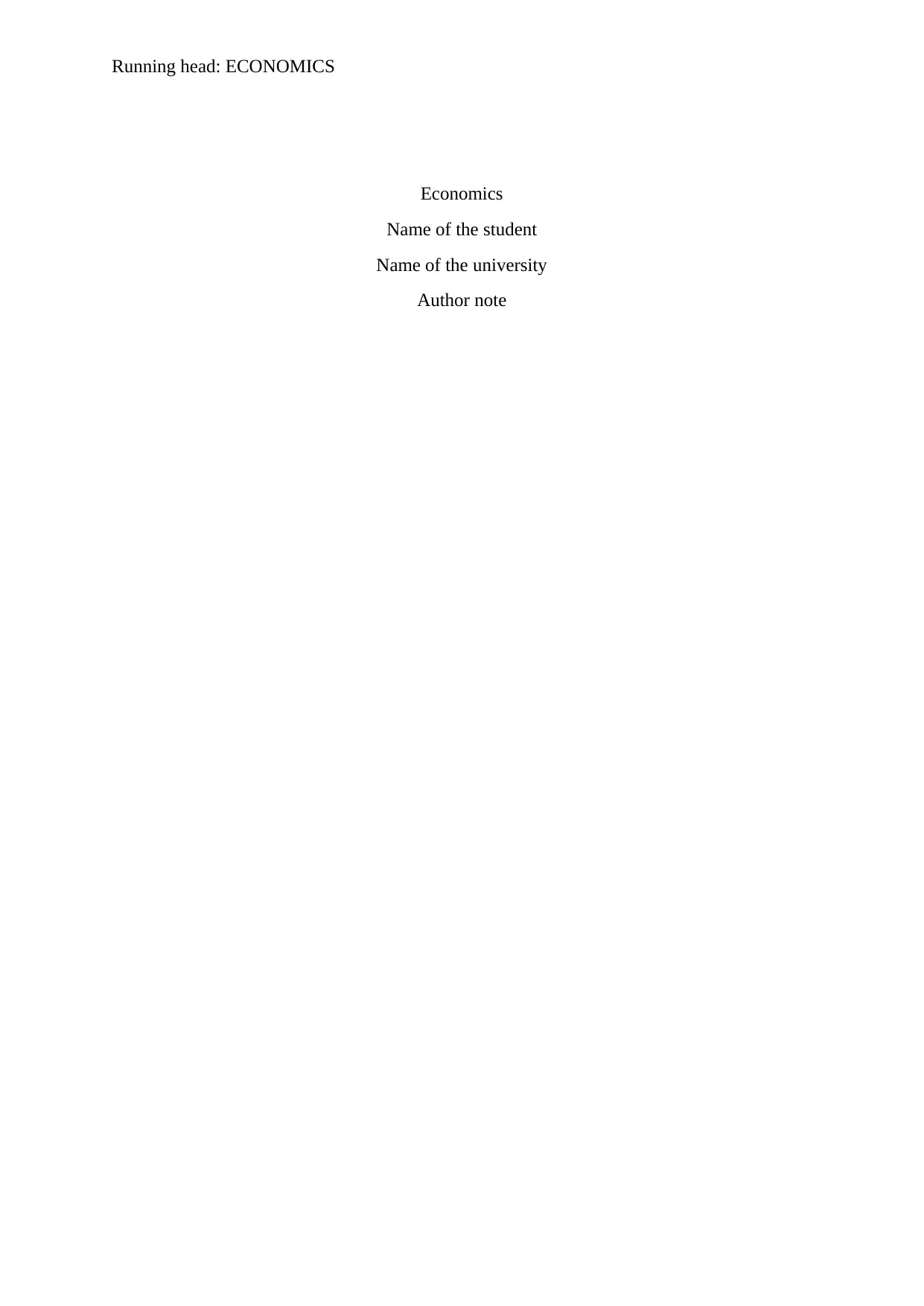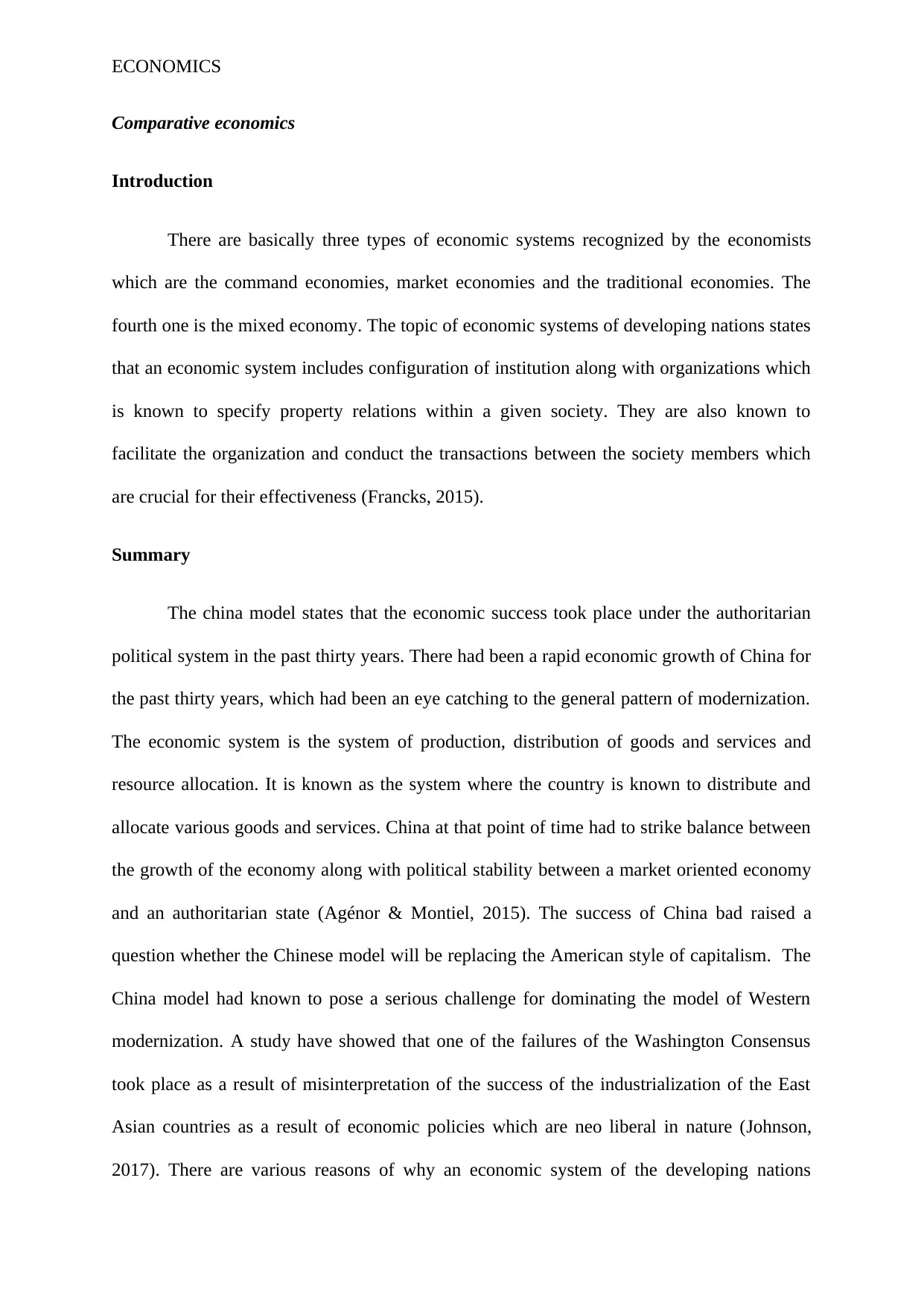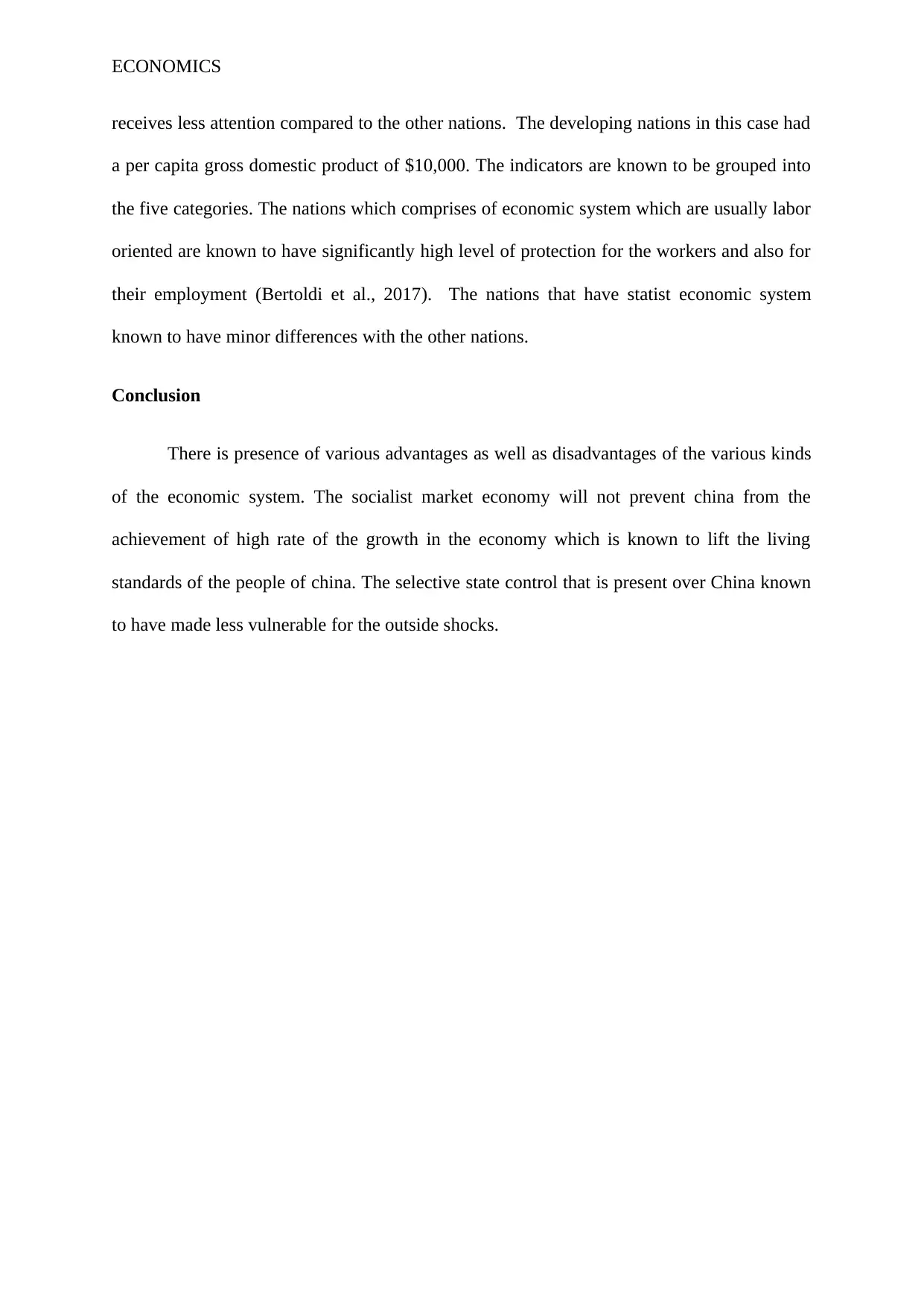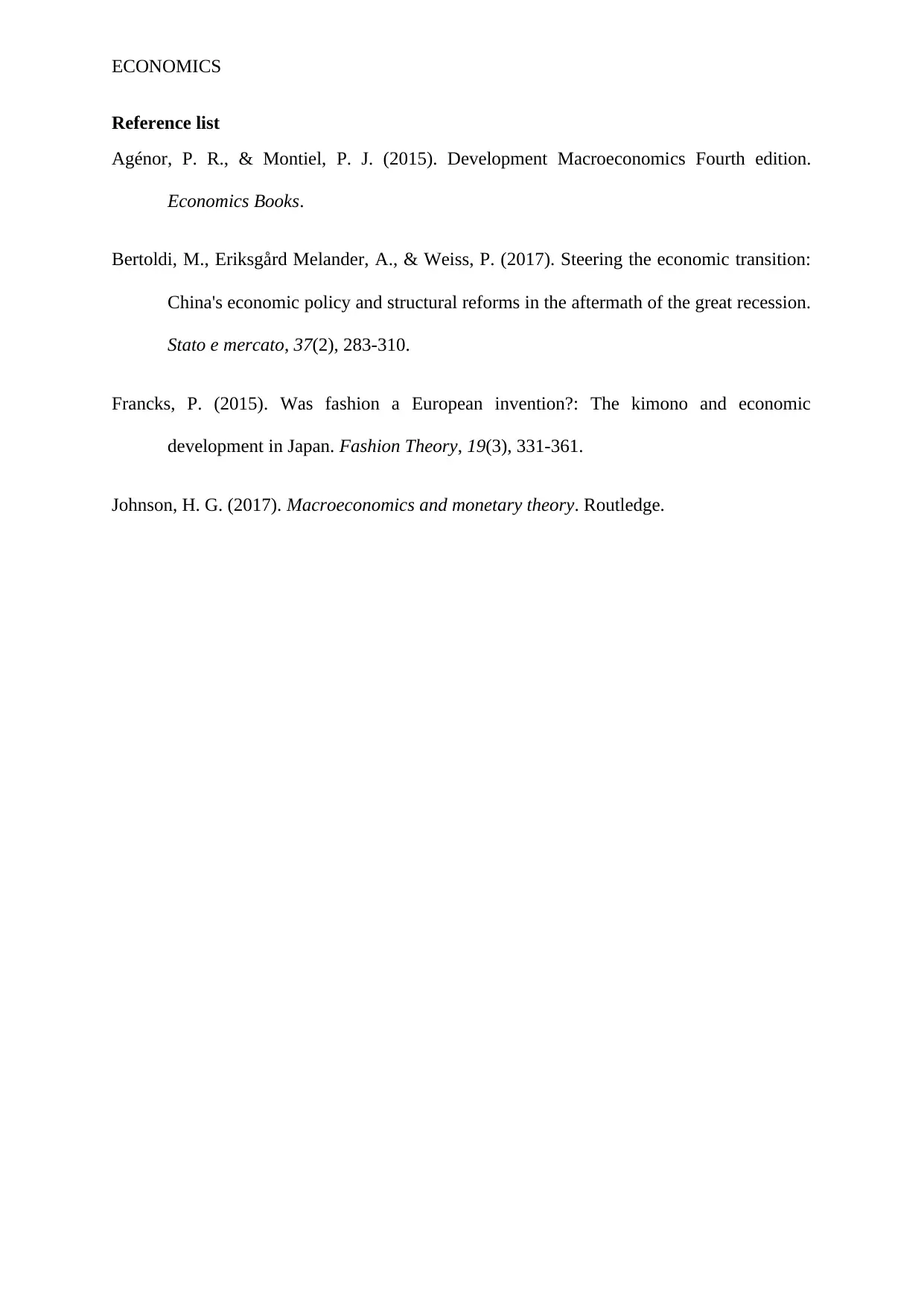Economics Report: Analysis of Economic Systems in Developing Nations
VerifiedAdded on 2023/04/21
|4
|626
|87
Report
AI Summary
This report delves into the analysis of comparative economic systems, exploring the characteristics of command, market, and mixed economies, with a specific focus on developing nations. The study examines the China model, highlighting its economic success within an authoritarian political framework and its challenge to Western modernization paradigms. It investigates the factors influencing economic development in developing nations, including the role of labor-oriented and statist economic systems. The report discusses the advantages and disadvantages of different economic models, concluding that the socialist market economy in China has facilitated high economic growth and improved living standards, while selective state control has mitigated external shocks.
1 out of 4








![[object Object]](/_next/static/media/star-bottom.7253800d.svg)